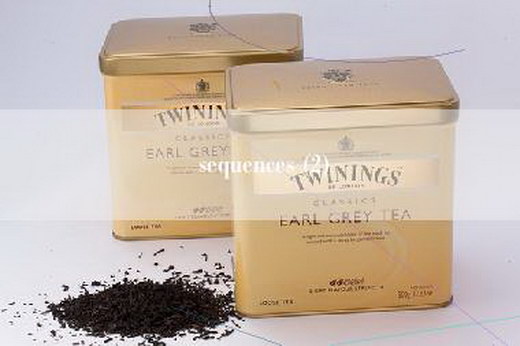Sequences are an important concept in mathematics and computer science. They are a fundamental tool for analyzing and understanding a wide range of problems, from simple arithmetic to complex algorithms. In this article, we will explore the basics of sequences, including what they are, how they work, and how they can be used in various applications.
What are Sequences?
A sequence is simply a list of numbers, usually written in a specific order. For example, the sequence 1, 2, 3, 4, 5 is a list of the first five natural numbers. Sequences can be finite or infinite, depending on whether they have a fixed number of terms or not.
Sequences can also be defined using a recursive formula, which specifies how each term in the sequence is related to the previous terms. For example, the Fibonacci sequence is defined recursively as follows: f(0) = 0, f(1) = 1, and f(n) = f(n-1) + f(n-2) for n >= 2. This formula states that the nth term in the sequence is equal to the sum of the two previous terms.
How do Sequences Work?

Sequences can be used to model a wide range of phenomena, from the growth of populations to the behavior of financial markets. They can also be used to analyze the performance of algorithms and to design efficient data structures.
One important property of sequences is their rate of growth. Some sequences grow very quickly, while others grow very slowly. For example, the sequence 2^n grows exponentially, while the sequence n^2 grows quadratically. Understanding the rate of growth of a sequence is essential for analyzing its behavior and designing algorithms that can efficiently process it.
Another important property of sequences is their convergence or divergence. A sequence is said to converge if its terms approach a fixed limit as the number of terms increases. For example, the sequence 1/n converges to zero as n approaches infinity. A sequence is said to diverge if its terms do not approach a fixed limit. For example, the sequence n diverges to infinity as n approaches infinity.
How are Sequences Used?
Sequences are used in a wide range of applications, from cryptography to data compression. One important application of sequences is in generating random numbers. Random number generators are used in many applications, from computer games to scientific simulations. Sequences can be used to generate random numbers by selecting a starting point in the sequence and then using a recursive formula to generate subsequent terms.
Sequences are also used in cryptography to generate keys for encryption and decryption. Cryptography is the science of secure communication, and it relies on the use of mathematical algorithms to protect information from unauthorized access. Sequences can be used to generate keys for encryption and decryption by selecting a starting point in the sequence and then using a recursive formula to generate subsequent terms.
Sequences are also used in data compression to reduce the size of large data sets. Data compression is the process of reducing the size of a data set by removing redundant information. Sequences can be used in data compression by representing the data set as a sequence of numbers and then applying compression algorithms to the sequence.
Conclusion
Sequences are a fundamental concept in mathematics and computer science. They are used to model a wide range of phenomena, from the growth of populations to the behavior of financial markets. They can also be used to analyze the performance of algorithms and to design efficient data structures. Understanding sequences is essential for anyone working in these fields, and it is an important tool for solving a wide range of problems.
本文转载自互联网,如有侵权,联系删除